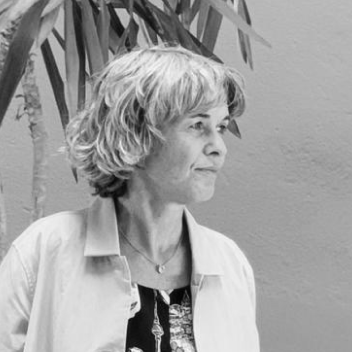Tzika, Z,Sentieri, C., & Martínez, A. (2024). Key topics and challenges for creating community-led, inclusive, and sustainable housing: Grant-of-use cooperative housing in Catalonia. In: Madrazo, L. (Ed.). Proceedings of the RE-DWELL Conference 2024 - Sustainable Living, Affordable Homes: Meeting the Challenge Together (pp. 157-162). Ramon Llull University, Barcelona, Spain.
https://www.re-dwell.eu/activities/conferences/barcelona
Posted on 30-09-2024
Over the last two decades, Barcelona has witnessed the emergence of a cooperative housing movement, known as the grant-of-use model, spurred by the socio-political context following the global financial crisis. This movement is part of a broader trend seen across Europe (Czischke et al., 2020; Tummers, 2016). Originating from grassroots efforts, it primarily seeks to address the pressing demand for affordable and adequate housing, while also responding to demographic shifts and the evolving housing needs within the population (Cabré & Andrés, 2018). The model has spread from the city of Barcelona to the rest of the territory, reaching smaller cities and rural areas (Tzika et al., 2023). The main characteristic of the grant-of-use cooperatives is the longterm right to use a home rather than own it, promoting non-speculative housing and positioning it as a collective endeavour. Residents actively participate in decision-making processes, reinforcing this model's collaborative nature (Avilla-Royo et al., 2021; Sostre Civic, 2017). By reconsidering the architectural typologies of housing through the incorporation of communal spaces and facilities, while parallelly creating more communal ways of living, these communities reshape the concept of dwelling and transform the social dynamics among residents (Lacol et al., 2018). Given the diverse project values and aims of the groups (affordability, neighbourhood revitalisation, ecological considerations, gender perspective), their demographic composition (age, gender, number of units), land access and tenure type (collective property, social housing), building characteristics (construction system, typology, rehabilitation), and community living (private and communal areas, activities), the approaches of each group and their collaboration with external entities can vary significantly (Lang et al., 2020). This article aims to identify the key challenges shaping the cooperative housing landscape in Catalonia and explore how different groups navigate these challenges.



